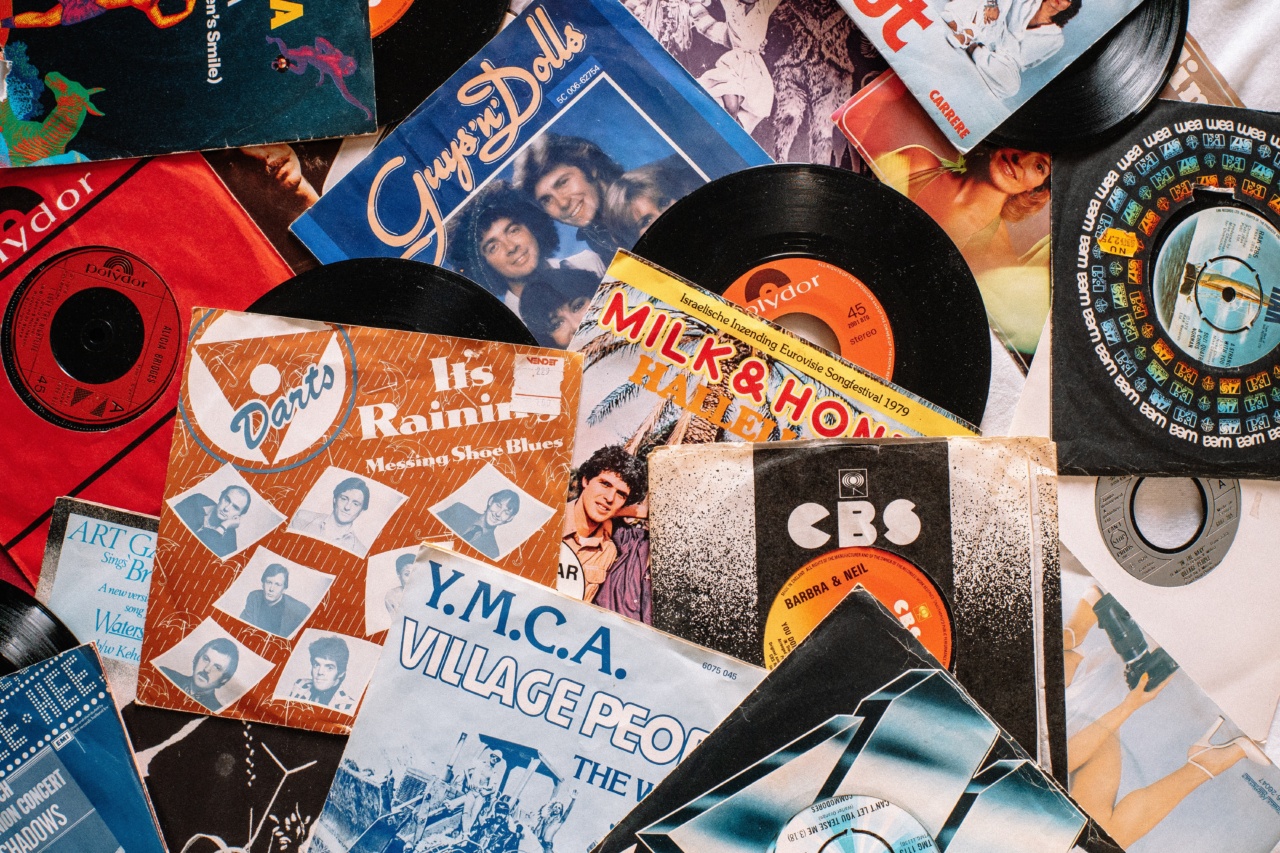Music has a profound impact on individuals of all ages. It has the power to evoke emotions, stimulate the mind, and influence behavior. As children grow and develop, their musical preferences also change.
In this article, we will explore how music selection can vary according to age, from nursery rhymes for toddlers to classical masterpieces for adults.
Infants (0-12 months)
From the moment they are born, infants are captivated by sounds. Lullabies and gentle melodies have a soothing effect on them, helping them relax and fall asleep.
It is recommended to expose infants to a variety of musical genres, including classical music, to encourage brain development and foster a love for music from an early age.
Toddlers (1-3 years)
Toddlers are full of energy and curiosity. They enjoy music that is fun, lively, and interactive. Nursery rhymes and songs with simple lyrics and repetitive melodies are ideal for this age group.
Music can also be used as a learning tool, helping toddlers develop language skills and improve their coordination through movement and dance.
Preschoolers (3-5 years)
Preschoolers are becoming more independent and have a greater understanding of the world around them. They can appreciate a wider variety of musical styles and may begin to show preferences for certain genres.
Playful and educational songs, such as those that teach counting or the alphabet, are popular choices for this age group.
Elementary School Age (6-11 years)
Children in this age range are developing their own unique personalities and interests. They may start showing an affinity for specific music genres based on their exposure and personal experiences.
Pop music and songs from popular movies or TV shows are often favorites during this stage. Additionally, learning to play an instrument becomes more common during this period.
Adolescents (12-18 years)
Teenagers are highly influenced by their peers and popular culture. Music plays a crucial role in their identity formation and self-expression.
They are likely to gravitate towards popular music, rock, hip-hop, or electronic music, depending on their social circle and personal preferences. Teens also use music as a way to communicate, relate to others, and express their emotions.
Young Adults (19-30 years)
As young adults embark on their journey of self-discovery, their musical taste continues to evolve. They may explore a wide range of genres, from indie and alternative music to classical and jazz.
Many young adults also begin to appreciate the beauty and complexity of classical compositions, as well as experimental and avant-garde music.
Adults (31-50 years)
By this stage, individuals have likely established their preferred music genres and artists. They may listen to a diverse selection of music, ranging from the music they grew up with to contemporary hits.
Some adults find solace in classical music, as it provides a sense of relaxation and escape from the demands of everyday life. Others enjoy exploring new artists and discovering unique sounds.
Middle-Aged Adults (51-65 years)
As adults enter middle age, they often have a stronger emotional connection to the music they grew up with. Nostalgic songs from their youth evoke memories and can bring about a sense of comfort and happiness.
However, preferences can vary greatly among individuals, and some middle-aged adults may also embrace newer music trends.
Senior Adults (65+ years)
For senior adults, music holds significant sentimental value. Listening to favorite songs from their past can trigger memories, evoke emotions, and improve their overall well-being.
Oldies, classical melodies, and traditional folk songs are popular choices for this age group. Engaging in music-related activities, such as singing or playing an instrument, can also improve cognitive function and enhance social interactions.
Finding the Right Balance
Although music preferences are often influenced by age, it is essential to remember that individual preferences can vary greatly within each age group.
Some children may have a particular affinity for classical music at a young age, while others may prefer pop songs even in their later years. It is crucial to expose individuals to a diverse range of musical genres and allow them to explore their own preferences.
In Conclusion
Music selection by age can provide valuable insights into the developmental stages and changing preferences of individuals. As infants grow into adults, their musical taste expands and becomes more personalized.
By understanding the impact of music on different age groups, we can provide appropriate musical experiences that enhance their overall well-being, promote cognitive development, and foster a lifelong love for music.





























